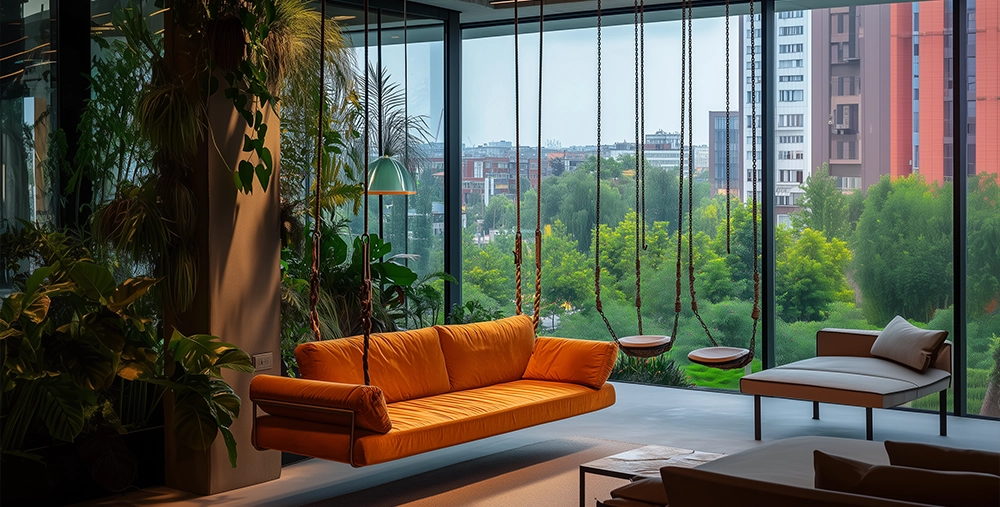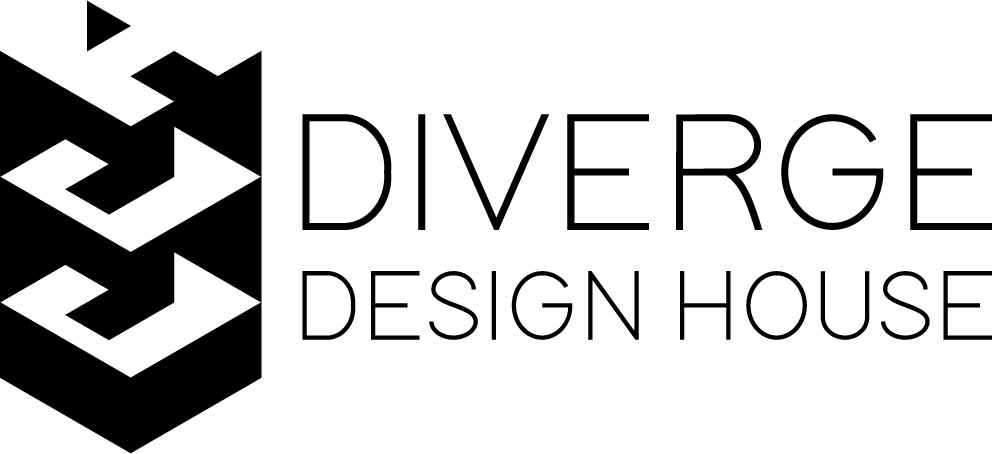Biophilic Design: Bringing Nature Indoors in 2025

Introduction
As cities grow denser and natural landscapes recede, the longing for a connection to nature within our living and working spaces intensifies. This is where biophilic design steps in, blending architectural innovation with the inherent beauty of the natural world. A timeless trend with renewed significance in 2025, biophilic design creates spaces that harmonize with human well-being, harnessing nature’s calming, restorative qualities to enhance indoor environments.
Why Biophilic Design Matters More Than Ever
Numerous studies show that integrating natural elements into built environments can improve mood, cognitive function, and overall health. In a world increasingly shaped by technology and artificial surroundings, the need for spaces that foster connections to the natural world is essential. Today’s designers are creating nature-inspired interiors that feel like an extension of the outdoors, particularly in urban settings.
Key Elements of Biophilic Design
1. Natural Light: The Essence of Biophilia
Allowing natural light to permeate a space enhances visual comfort and regulates circadian rhythms, which contributes to improved sleep and well-being. In 2025, daylight exposure will remain central to biophilic design, using expansive glass windows and strategic skylights to create warm, sunlit spaces.
2. Indoor Greenery: More Than Just Decor
Plants are the heart of biophilic design, bringing life and freshness indoors. Beyond aesthetics, indoor plants purify the air, reduce noise, and provide a soothing contrast to industrial surfaces. Living walls, indoor gardens, and green roofs are being integrated into designs not merely as decor but as essential elements that support sustainability and well-being.
3. Water Features: Evoking Calm and Movement
Water adds a unique sensory dimension to biophilic spaces, enhancing the auditory and visual experience. The calming sound of flowing water can evoke a sense of peace, making water features ideal for high-stress environments. From subtle indoor fountains to serene ponds, water elements bring a touch of nature’s fluid grace into interiors.
4. Natural Materials: The Touch of Earth
Materials like wood, stone, and bamboo bring an organic feel to spaces, grounding occupants in their surroundings. These elements not only add warmth but also align with biophilic design’s commitment to sustainability. The use of sustainable materials over synthetic ones continues to rise, with textures that encourage a tactile connection to the space.
The Future of Biophilic Design: High-Tech and Nature-Integrated
With technological advancements, biophilic design is moving into the digital realm. Innovations like augmented reality windows mimicking natural views, smart lighting that emulates sunlight, and automated plant care systems are blending technology with biophilia. This fusion creates immersive environments that bring the outdoors in, no matter the location.
Conclusion
In a fast-paced, digital world, biophilic design is an invitation to reconnect with nature’s rhythms. In 2025, spaces will continue to evolve as vibrant, sustainable havens that honor the natural world and foster a healthy, balanced lifestyle. After all, a space designed with nature in mind is a space designed for life.

